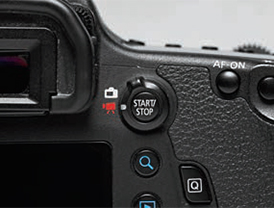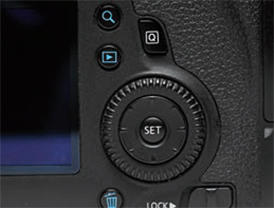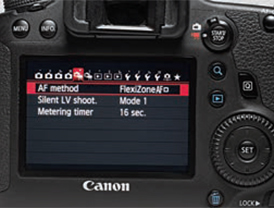 What do you prefer, ‘stills’ or ‘video’? It’s a personal thing. Let me tell you about my take on this. I am into serious ‘still’ photography since 1973, when I bought my first SLR (there were no D-SLRs then). With the advent of D-SLRs, video recording options were made available. When D-SLRs first started incorporating video, I considered that to be some sort of gimmick. After all, if one has to record video, one would opt for a video camera and not use a ‘makeshift’ arrangement. Right?
What do you prefer, ‘stills’ or ‘video’? It’s a personal thing. Let me tell you about my take on this. I am into serious ‘still’ photography since 1973, when I bought my first SLR (there were no D-SLRs then). With the advent of D-SLRs, video recording options were made available. When D-SLRs first started incorporating video, I considered that to be some sort of gimmick. After all, if one has to record video, one would opt for a video camera and not use a ‘makeshift’ arrangement. Right?
Not exactly!
Back then, I felt that ‘stills’ were the real McCoy and video was, …well, let me not put words in your mouth. Today, I feel different. I think I got to give video the thumbs up.
When it comes to learning anything new, human nature is wired to protest. This is natural; after all, not everyone wants to put in extra efforts to learn something new. Hence, in this short essay, I shall try to simplify the basics of video for beginners. I will use the Canon EOS 6D and the Nikon D750 to explain. Depending on your camera model, there could be some differences in the way you set up the camera for video.
Please note that this write-up is designed for beginners who want to try their hand at video without going deep into technicalities. I have suggested the best settings for high-quality video. Also note that, to keep things simple, I have not discussed the audio part, but do keep in mind that good audio can take your video clips to a much higher level. Generally, the built-in microphone will pick up the surrounding ambient sounds, including the disturbing focussing/zooming sounds. This can be mitigated by using an external microphone. My suggested settings are not the only way to set up your camera for video. Remember, while these are my suggestions; they are not written in stone.
General notes for recording video
Focussing
If you can, avoid autofocussing when recording video. If the AF sensor fails to latch onto the subject (because the subject moves or gets into low-light/ low contrast area), the AF system could start ‘hunting’ (try to re-gain focus) and this can cause eye-strain on the viewers, which will not be appreciated. With autofocussing, the microphone within the camera will also pick up the sounds as the camera tries to autofocus. Focus manually. I am aware that without the aid of a split-image rangefinder which was available in cameras during the film era, manual focussing is not very easy; but with a little practice, it can be done).



